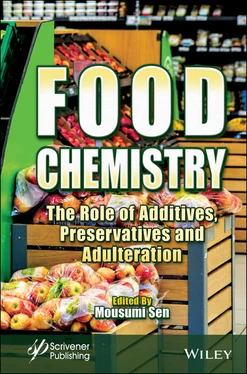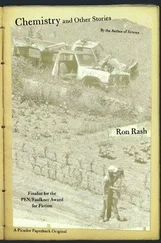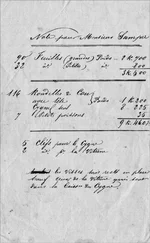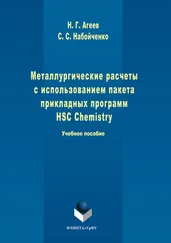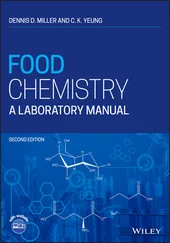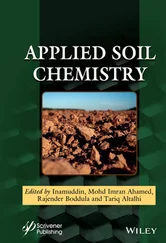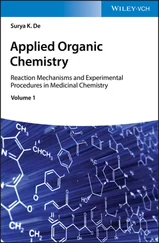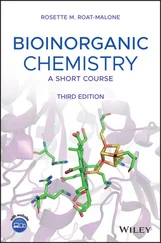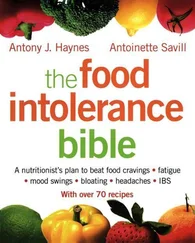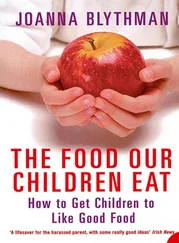• May aid in weight control.
Natural non-nutritive sweeteners are present in nature. Some of the examples of natural non-nutritive sweeteners are listed in Table 2.4.
Table 2.4 List of natural non-nutritive sweeteners.
| Sweetener |
Source |
Chemical nature |
Potency |
FDA approval |
| Brazzein, Pentadin |
West African Fruit Oubli |
Protein |
500–2,000 |
Not Approved |
| Neohesperidin dihydrochalcone |
A derivative of the bitter constituent of grapefruit |
Glycoside |
300–1,800 |
Not Approved |
| Glycyrrhizin |
Root of Liquorice |
Glycoside |
30–50 |
Not Approved |
| Thaumatin |
Katemfe fruit |
Protein |
2,000 |
Not Approved |
| Stevia |
Leaves of Stevia rebaudiana |
Glycoside |
300 |
Approved |
| Curculin |
Malaysian fruit Curculigo latifolia |
Protein |
430–2,070 |
Not Approved |
| Inulin |
Various Plants |
Polysaccharide |
10% of Sucrose |
Not Approved |
| Mabinlin |
Seed of a Chinese plant Mabinlang |
Protein |
100–400 |
Not Approved |
| Miraculin |
Fruit of Synsepalum dulcificum |
Glycoprotein |
modifies taste receptors |
Not Approved |
| Monatin |
Plant Sclerochiton ilicifolius |
Indole derivative |
3,000 |
Not Approved |
| Monellin |
Fruit of West african shrub Dioscoreophyllum cumminsii |
Protein |
800–2,000 |
Not Approved |
| Osladin |
Rhizome of Polypodium vulgare |
Saponin |
500 |
Not Approved |
| Luo han guo |
Fruits of Siraitia grosvenorii |
Glycosides |
300 |
Approved |
2.3.6.6.3 Artificial Non-Nutritive Sweeteners
They are derived from the chemical synthesis of organic compounds. These compounds may or may not be found in nature. A list of artificial non nutritive sweeteners along with their potency and use are listed in Table 2.5. New artificial sweeteners are researched. These compounds are lowcost product and can be synthesized easily. So, in future, they will be the primary sweetening compound [19].
Table 2.5 List of artificial non-nutritive sweeteners.
| Chemical name of sweetener |
Trade name of the sweetener |
Potency |
Caloric value (cal/g) |
Use |
| Acesulfame |
Sunett, Sweet One |
200 times sweeter than sugar |
0 |
Used in different candies, desserts, baked goods. |
| Aspartame |
Nutra Sweet |
180–200 times sweeter than sugar |
4 |
Used in soft drinks, chewing gum, frozen desserts, pharmaceuticals. |
| Neotame |
- |
8,000–13,000 times sweeter than sugar |
0 |
Used in beverage, dairy products, baked goods, gums. |
| Saccharin |
Sweet and Low, Sweet Twin, Sugar Twin, |
300–700 times sweeter than sugar |
0 |
Used in beverages and sometimes used together with aspartame. |
| Sucralose |
Splenda |
600 times sweeter than sugar |
0 |
Used in frozen desserts, cookies, candies, baked products. |
These types of additives are added to increase the surface area of a dough or batter by creation of gas bubbles inside the dough or batter. They also make the product light in weight. During the baking process, the gas bubbles get expanded so volume of the product increases and a desirable porous structure is obtained. The functions of leavening agents are as follows:
1 1. It makes the final product light and spongy.
2 2. It makes the product digestible.
3 3. It makes it soft.
4 4. It makes the product tastier and appetizing.
The leavening agents used as additives are mainly of two types.
a. Biological agent: Biological leavening agents are harmless microorganism like yeast Saccharomyces cerevisiae. The yeast cell added ferments the sugar and produces carbon dioxide and ethanol. The yeast added may be active dry yeast or compressed yeast.
b. Chemical agents: Three types of chemical leavening agents are used. They are baking soda, baking powder, and ammonium bicarbonate. Baking soda contains sodium bicarbonate (NaHCO3) that releases carbon di oxide when heated. Baking soda is always used with acid like buttermilk, vinegar, lemon juice, molasses, honey, vinegar, buttermilk, cocoa fruits, fruit juices, and cream of tartar. Baking powder contains baking soda, dry acids, and starch. Baking powder may be either single acting powder or double acting powder. In single acting baking powder carbon dioxide is released as soon as it is added in the liquid. Double acting baking powder releases carbon dioxide in two stage: first is when it is mixed in cold liquid and second is during baking. Ammonium bicarbonate is another leavening agent that produces carbon dioxide when it decomposes. They are used in the products which are finally dry and porous so that all the ammonia liberated during heating gets released otherwise it will affect the taste.
These are the additives that give firming action to food. Fruits and vegetables contain pectin that is relatively insoluble and form firm gel around the tissues of fruit. Firming agents are additives that help to precipitate residual pectin. It strengthens the supporting tissue and prevent its collapse during processing. Calcium salts are used as firming agent. It forms calcium pectate gel that protects the tissues against softening during processing. Some of the other examples of firming agents include aluminium sulfate, ammonium aluminium sulfate, calcium chloride, calcium sulfate, and sodium/potassium aluminium sulfate.
Food glazing agents are additives also known as polishing agent. When they are applied on food material, it gives a protective and shiny coating on fruits, bakery and confectionary items. These additives are prepared from either natural or synthetic sources. Common glazing agents are beeswax, lac, mineral oil, etc.
These are hygroscopic substances that promote moisture retention. It prevents the food from drying out. Polyols including propylene glycol, glycerol, sorbitol, and mannitol are some examples of humectants. They contain several hydroxyl groups that makes them hydrophilic that enables them to bind with water. They are also known as moisture retention agent or wetting agent. Examples of products where humectants are used include shredded coconut, cookies, glazed and dried fruit, and cake.
2.3.6.11 Sequestering Agent
Sequestering agents are also known as chelating agent. They protect food products from chemical, oxidative, and enzymatic reactions that promote deterioration of food through chelation during processing and storage. They form chelate with polyvalent metal ions like copper, iron, and nickel. Even at very low concentration of these metal ions as low as 0.05 ppm, they can cause rancidity, discoloration, spoilage in texture, odor, and flavor. Copper can affect ascorbic acid, folic acid, vitamin E, and thiamine. Vitamin A will be destroyed by both copper and iron. Fats and oils are also oxidized in presence of metal ions that act as catalyst. Examples of chelating agents are EDTA, polyphosphate, citric acid, and tartaric acid.
Читать дальше
